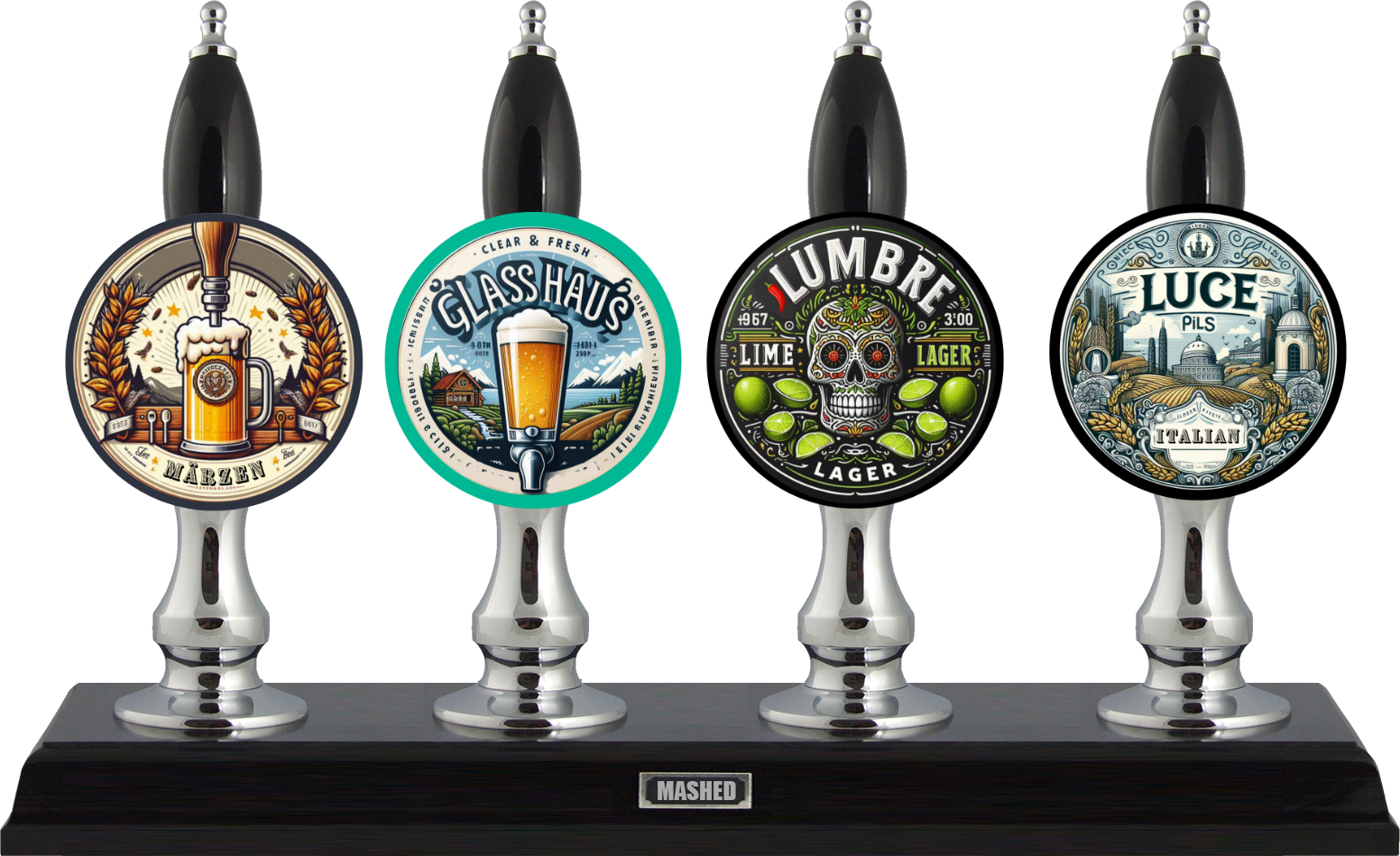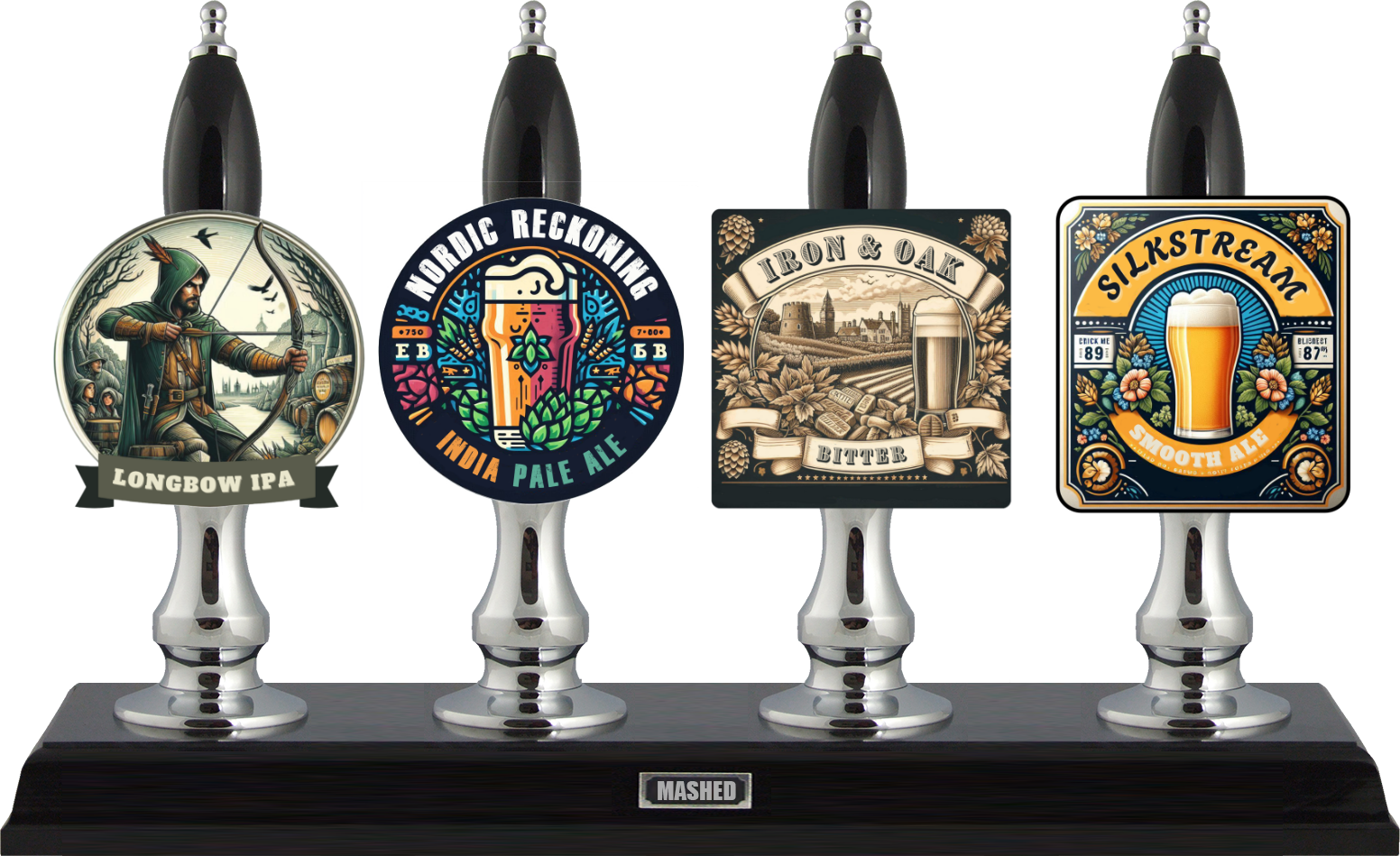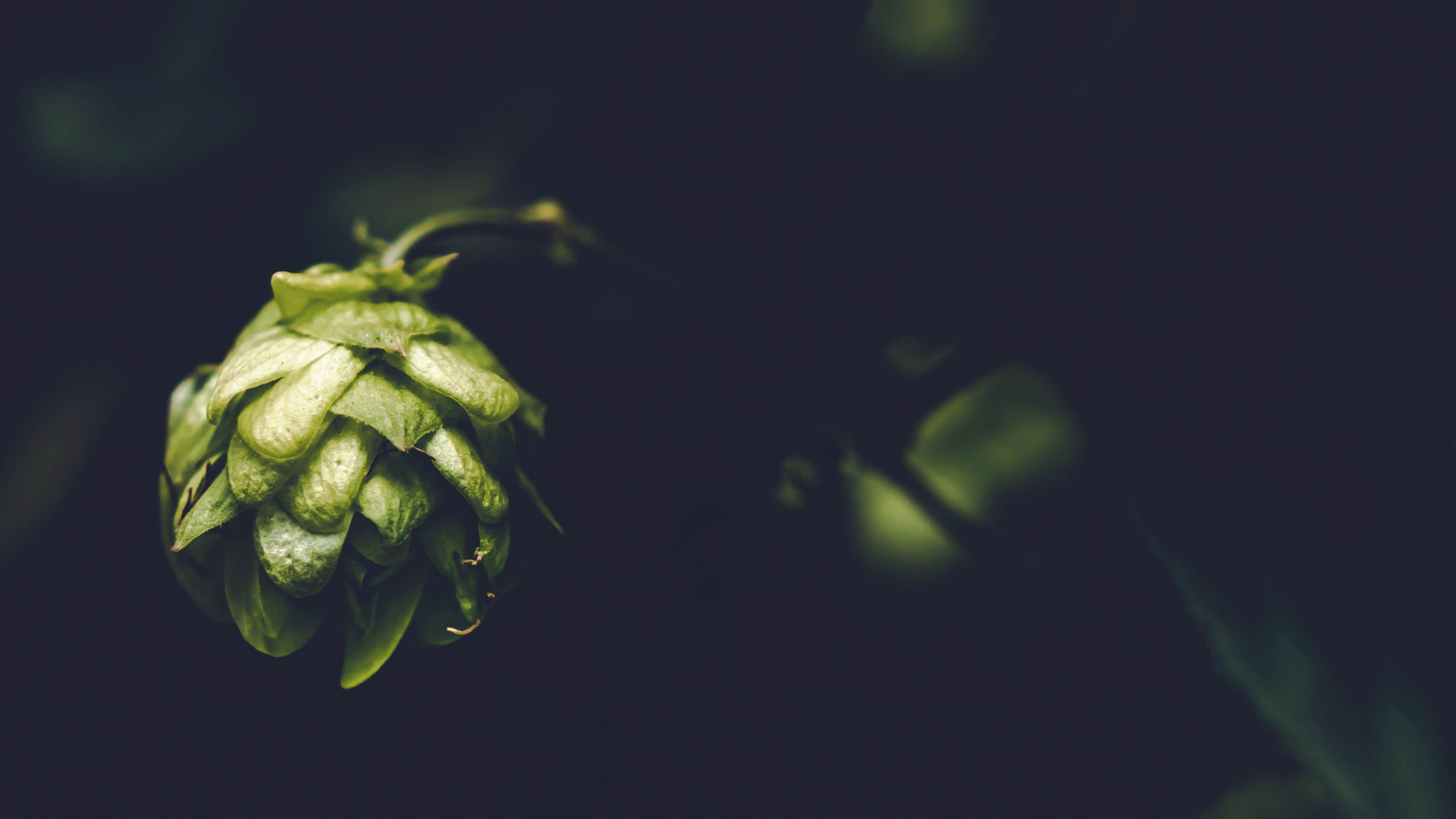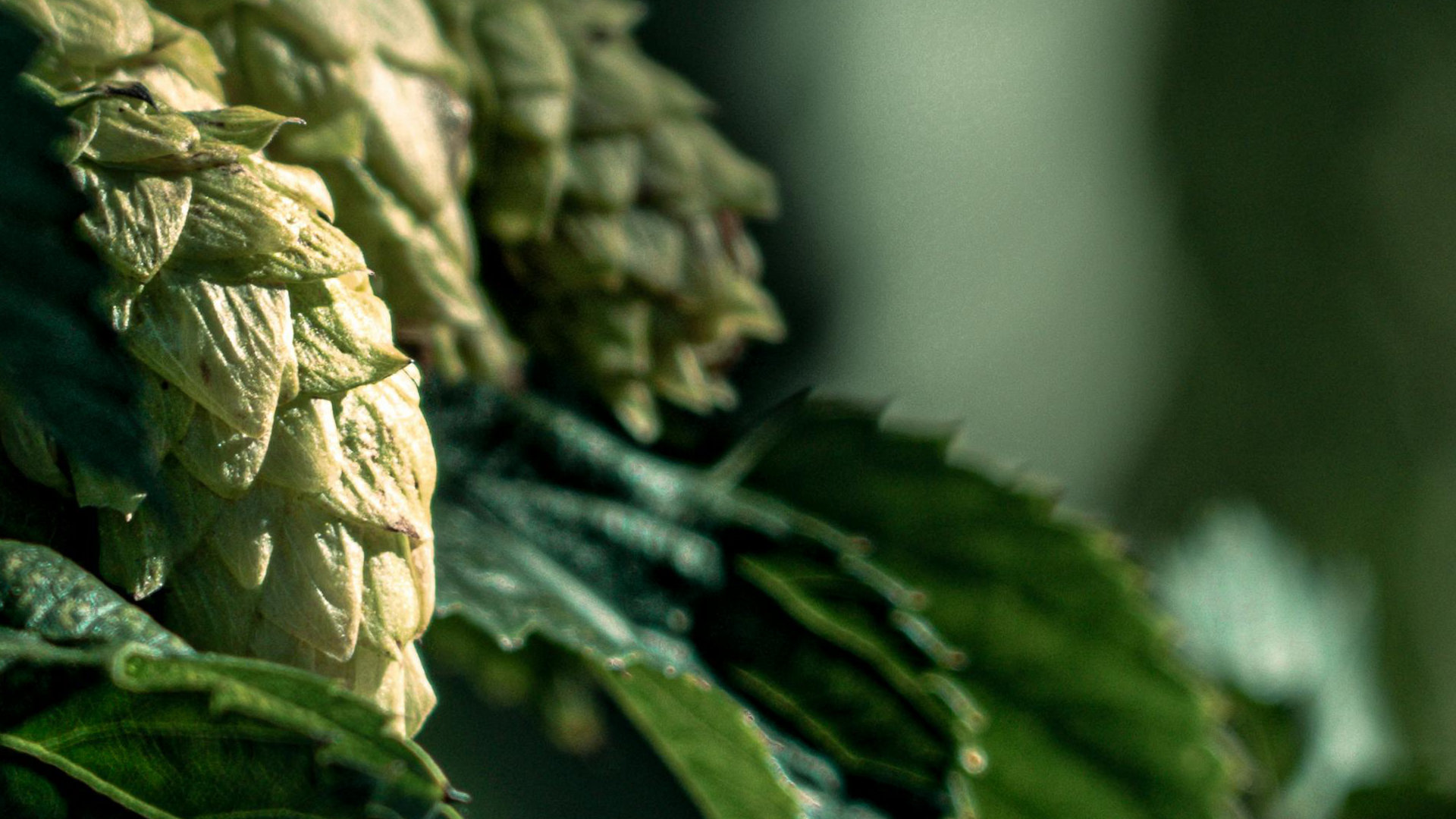Born from the family of English pale ales in the late 1800s, bitters are made with a wide range of variation, spanning darker, sweeter versions with almost no foam to paler and brighter, hoppier ones with an impressive head. Traditionally, they are served as a real ale, at cellar temperatures with a gravity or hand pump (no pressure) but these days you’ll also find them kegged or bottled. This top fermented family of brews is divided into sub groups ranging from around 2.5% up to 6.5%. Let’s take a look at the differences between some of them. Â
Ordinary Bitter
An easy-drinking session beer with low carbonation. While the malt profile can vary in intensity and flavour, the bitter profile of this brew should be allowed to shine. Commercial brews include: Tetley’s Original Bitter, Brains Bitter, Young’s Bitter.Â
Aroma: Low to moderate malt, usually with a light caramel tones.
Flavour: Moderate to low hop flavour. Medium to moderately high bitterness. Low to medium maltiness. Dry finish.
Mouthfeel: Light to medium-light body.
Colour: Pale amber to light copper (8-14 SRMÂ / 15.8 - 27.6 EBC).
Carbonation: Low, bottled version will have medium carbonation.
Clarity: Good to brilliant. Â
Bitterness: 25-35 IBU.
OG: 1.030-1.039, FG: 1.007 - 1.011
ABV: 3.2% - 3.8%
Best Bitter
Best has a more forward malt flavour and ABV than an ordinary bitter. Also session-strength, this a drinkable and flavoursome beer. Often prominently bitter, but should not completely overpower the malt, esters and hop flavours. Commercial favourites include Timothy Taylor Landlord, Young’s Special and Fuller’s London Pride. See page 45 for a great homebrew recipe!
Aroma: Low to moderate malt, usually with medium-low caramel tones.
Flavour: Moderate to low hop flavour. Medium to moderately high bitterness. Low to medium maltiness. Dry finish.
Mouthfeel: Medium-light to medium body.
Colour: Pale amber to medium copper. (8-16 SRMÂ / 15.8 - 31.5 EBC)
Carbonation: Low, unless bottled.Â
Clarity: Good to brilliant. Â
Bitterness: 25-40 IBU. Â
OG: 1.040-1.048, FG: 1.008 - 1.012
ABV: 3.8% - 4.6%
Strong Bitter
This is a rather broad style ranging from average-strength to moderately-strong. As well as a higher ABV, Strong Bitter has more evident malt and hop flavours than Special and Best Bitters. Commercial examples include: Samuel Smith’s Old Brewery Pale Ale, Shepherd Neame Bishop’s Finger, Fuller’s ESB.Â
Aroma: Hop aroma moderately-low to moderately-high, medium to medium-high malt aroma; medium-low to medium-high fruity esters. Â
Flavour: Medium to medium-high bitterness. Hops: moderate to moderately high. Might have low to moderate caramel or toffee flavour. Medium-dry to dry finish.
Mouthfeel: Medium-light to medium-full body
Colour: Light amber to deep copperÂ
(8 - 18 SRM / 15.8 - 35.5 EBC)
Bitterness: 30 - 50 IBU.
OG: 1.048 - 1.060, FG: 1.010 - 1.016
ABV: 4.6% - 6.2%
Top Tips for Top Bitters by Stephen Horsfall, Homebrewer
Keep it session ABV.
No need to crowd your grain bill, keep it economical.Â
Work on your flavours.
Experiment with different world hops.Â
Be patient while cold crashing.
Add a small hop sock of your favourite hop when kegging.Â
Get a beer engine and your pals round.Â
THE WATER
Hard water with high levels of calcium sulphate and bicarbonates is perfect for dry on the palate beers such as Bitter. Need to adjust your liquor to achieve this? As a guide, here are the typical target levels of ions in brewing liquor to produce bitter.
Calcium 180-220 200-220
Alkalinity 30-50 30-50
Chloride 150-300 200-300
All figures are in milligrams per litre commonly known as PPM. Source: Frances Maud, Murphy & Son.



.jpg)







